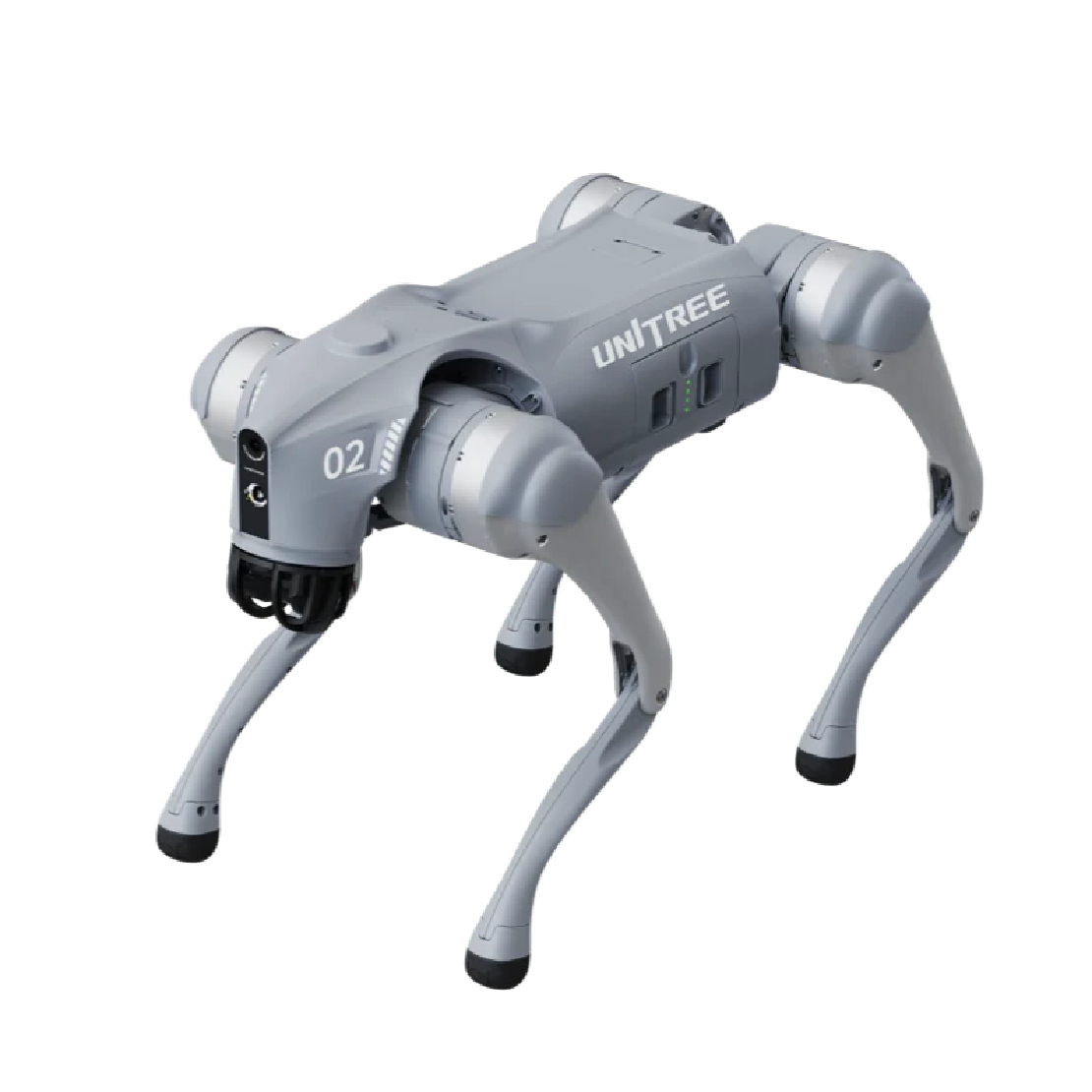Quadrupedal robots represent one of the most exciting frontiers in robotics, and our 3D printed models bring these sophisticated walking machines to life through detailed mechanical engineering and precision manufacturing.
Bio-Inspired Engineering
Our quadrupedal robot designs draw inspiration from nature while incorporating modern robotics principles:
Gait Mechanics: Coordinated leg movements that enable stable walking and dynamic motion.
Joint Kinematics: Hip, knee, and ankle joints that work together for natural locomotion.
Balance Systems: Weight distribution and center-of-gravity considerations for stable movement.
Adaptive Design: Flexible joint systems that accommodate various terrains and movement patterns.
Mechanical Complexity
Each quadrupedal robot showcases advanced engineering:
12-Degree-of-Freedom Systems: Three joints per leg creating full locomotion capability.
Synchronized Movement: Coordinated leg actions that enable forward, backward, and turning motions.
Structural Integration: Unified body design that houses control systems while maintaining mobility.
Precision Assembly: Complex joint systems that operate smoothly through careful tolerance management.
Model Variations
Our collection includes several quadrupedal designs:
Mini Pupper Style: Compact, agile designs inspired by popular educational robotics platforms.
Industrial Quadrupeds: Robust designs modeled after larger commercial walking robots.
Bio-Inspired Forms: Designs that closely mimic natural animal locomotion patterns.
Educational Models: Simplified versions perfect for demonstrating walking robot principles.
Educational Value
These models serve as excellent learning tools:
Robotics Education: Hands-on demonstration of advanced locomotion principles.
Engineering Concepts: Illustration of complex mechanical systems and coordinated movement.
Programming Platforms: Physical models for developing walking algorithms and control systems.
Research Tools: Affordable platforms for studying quadrupedal locomotion and robotics.
Technical Achievement
Creating functional quadrupedal robots requires:
Advanced CAD Design: Sophisticated 3D modeling that accounts for complex mechanical interactions.
Precision Printing: Perfectly calibrated printer settings for optimal joint operation.
Material Engineering: Specialty filaments that provide the strength and flexibility needed for dynamic movement.
Assembly Optimization: Print-in-place design that creates fully functional walking mechanisms.
Future of Walking Robots
Quadrupedal robots represent the cutting edge of robotics technology, with applications ranging from search and rescue to exploration and assistance. Our 3D printed models make this advanced technology accessible for education, research, and personal exploration.
By combining bio-inspired design with modern manufacturing techniques, these models demonstrate how 3D printing is accelerating robotics development and making sophisticated engineering concepts tangible and accessible.
Each quadrupedal robot showcases the remarkable complexity achievable through additive manufacturing, proving that advanced robotics concepts can be brought to life through precise engineering and quality 3D printing.
